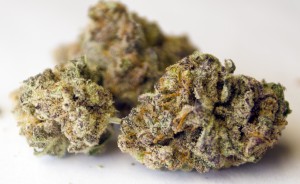Paul Armentano is the deputy director of the National Organization for the Reform of Marijuana Laws. He is the co-author of the book, Marijuana Is Safer: So Why Are We Driving People to Drink? and the author of the book, The Citizen’s Guide to State-By-State Marijuana Laws. This piece appears in The Hill.
By Paul Armentano
For The Hill
Is state-level medical cannabis access mitigating or fueling America’s opioid crisis? Testifying before Congress last week, Drug Enforcement Agency (DEA) acting administrator Robert Patterson claimed the latter. But when he prompted to provide evidence in support of the agency’s position, he acknowledged that he could not.
His failure to substantiate this claim is unsurprising. That is because numerous peer-reviewed studies show that increased cannabis access is associated with declining rates of opioid use, abuse, hospitalizations, and mortality. Among patients enrolled in state-sanctioned medical marijuana access programs, participants’ use of not only opioids, but also their use of numerous other prescription medications — such as anti-depressants and anti-anxiety drugs — declines significantly.






